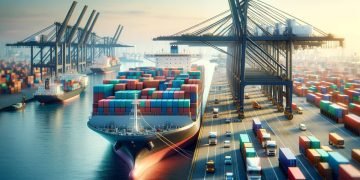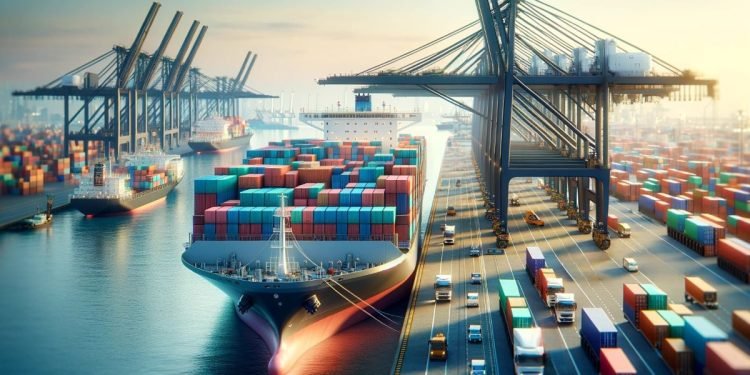Article for The Logistic News
As global trade policies continue to evolve, new tariffs are reshaping supply chains, forcing companies to reconsider sourcing strategies, logistics routes, and cost structures. In an increasingly uncertain economic environment, businesses must adopt proactive and flexible supply chain solutions to remain competitive.
The Impact of Tariffs on Global Trade
Tariffs have long been a tool for governments to protect domestic industries, influence trade balances, and address geopolitical issues. However, unexpected tariff hikes and shifting trade agreements create volatility for companies dependent on global supply chains. From manufacturing to retail and logistics, industries are facing increased costs and operational challenges that require immediate adaptation.
Key Strategies for Supply Chain Adaptation
To mitigate the impact of tariffs, companies are employing several key strategies:
✅ Diversifying Suppliers: Instead of relying on a single country for raw materials or manufacturing, businesses are spreading production across multiple regions to reduce dependency and risks. Southeast Asia, Latin America, and Africa are emerging as alternative sourcing hubs.
✅ Nearshoring and Reshoring: Companies are bringing production closer to end markets to avoid long-distance tariff costs and transportation disruptions. This shift not only improves supply chain resilience but also aligns with growing consumer demand for faster delivery times.
✅ Optimizing Trade Agreements: Businesses are taking advantage of free trade agreements (FTAs) to minimize costs. Leveraging preferential trade policies and exploring duty-free zones can help mitigate the financial burden of tariffs.
✅ Technology-Driven Supply Chain Management: Digitalization is key to navigating complex trade policies. AI-powered customs compliance tools, automated tariff classification, and real-time tracking help businesses adapt swiftly to new regulations.
✅ Reevaluating Transportation Strategies: Companies are reassessing their shipping routes, logistics partners, and freight modes to optimize costs and efficiency under new tariff regimes. Intermodal transport, dynamic inventory allocation, and just-in-time logistics are gaining traction.
What This Means for the Future of Supply Chains
Tariffs are unlikely to disappear, making agile supply chain strategies essential for businesses worldwide. By embracing diversification, digital transformation, and regional trade opportunities, companies can turn trade challenges into competitive advantages.
Conclusion
As tariff policies continue to shift, the most successful companies will be those that adapt quickly, rethink traditional supply chain models, and leverage technology-driven solutions. In a world of evolving trade landscapes, supply chain resilience is no longer an option—it’s a necessity.
#SupplyChain #TradePolicies #Tariffs #GlobalTrade #Logistics #FreightForwarding #Manufacturing #Nearshoring #SupplyChainResilience #TheLogisticNews























